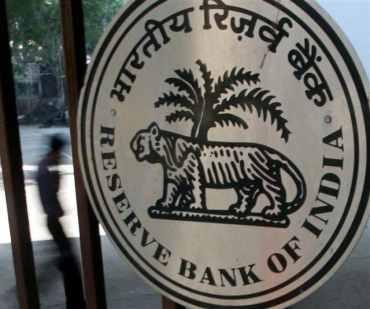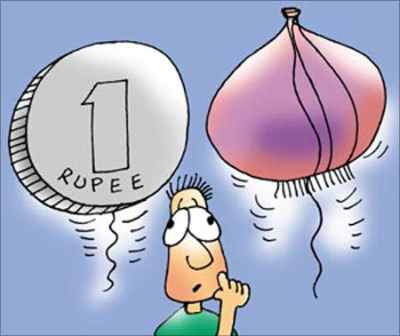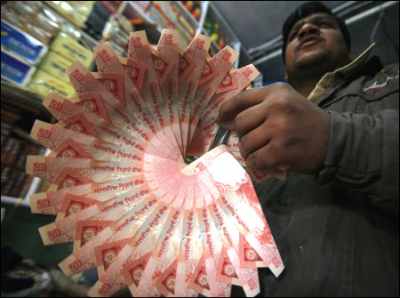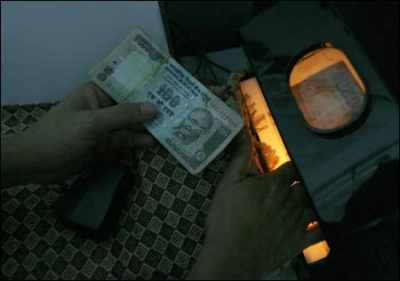 | « Back to article | Print this article |
CRR rate cut welcome, but is it enough?
Monetary policy is most effective when it is unanticipated, and the Reserve Bank of India's (RBI's) decision to cut the cash reserve ratio, or CRR, for banks by 75 basis points on Friday was indeed unexpected.
This is a pleasant change, for the central bank has in recent times chosen to focus on its regular schedule of reviews instead of responding to the needs of the market more spontaneously.
This cut was welcome not just for its well-planned timing, but also for its relative size; the RBI has, too often, moved with baby steps when strides are called for.
Will the FM raise tax exemption limits? Will he manage to keep both industrialists and common people happy? To know all about Union Budget 2012-13, Click here!
Click NEXT to read more...
CRR rate cut welcome, but is it enough?
Now, by cutting CRR by 75 basis points to 4.75 per cent, Mint Road has acknowledged that there is something very wrong with the degree of liquidity in the system.
This problem has been visible for some time. One measure of its magnitude was visible in late February, when banks borrowed as much as Rs 1.8 lakh crore from the RBI's repo window.
That works out to a liquidity deficit that was almost three times as much as the RBI would reportedly like. And a 50-basis point cut, for example, would have freed up only around Rs 32,000 crore (Rs 320 billion) — which, most analysts agree, would be but a drop in the desert.
Will the FM raise tax exemption limits? Will he manage to keep both industrialists and common people happy? To know all about Union Budget 2012-13, Click here!
Click NEXT to read more...
CRR rate cut welcome, but is it enough?
However, the question remains: is even this action enough? Even from a purely liquidity-centric standpoint, next week is when advance tax payments start being made, which means that Rs 50,000 crore (Rs 500 billion) will be sucked out of the system.
That neatly cancels out the estimated Rs 48,000 crore (Rs 480 billion) that the CRR cut will generate, leaving the problem essentially unchanged. In the absence of sufficient liquidity, the manufacturing and service sectors cannot be expected to display the energy and dynamism needed from them in order to effect a turnaround in growth rates.
Taking a broader view, mere liquidity management cannot substitute for a cut in the policy rate.
Will the FM raise tax exemption limits? Will he manage to keep both industrialists and common people happy? To know all about Union Budget 2012-13, Click here!Click NEXT to read more...
CRR rate cut welcome, but is it enough?
True, the headroom generated by a CRR cut, combined with sustained pressure on banks to trim margins, could theoretically reduce lending rates.
But that is not what is happening. The RBI's focus on inflation must take into account that January inflation was at 6.55 per cent, and the February numbers, to be released on Wednesday, will likely show it has slowed further.
The RBI is perhaps tempted to delay an essential and long-expected relaxation of its tight money policy until it sees some definitive action from Finance Minister Pranab Mukherjee on cutting the government's fiscal deficit when he presents the Budget later this week.
Will the FM raise tax exemption limits? Will he manage to keep both industrialists and common people happy? To know all about Union Budget 2012-13, Click here!Click NEXT to read more...
CRR rate cut welcome, but is it enough?
That, however, would be tantamount to missing an opportunity. Monetary policy works with a lag, and it is more than clear that India's growth has already slowed alarmingly.
One of the main culprits for this slide is, indeed, the tough conditions under which India Inc is forced to do business, especially the high cost and scarcity of money.
It is the RBI's responsibility to fix that problem. A repo rate cut that approaches the boldness of the CRR cut should be announced this week.
Will the FM raise tax exemption limits? Will he manage to keep both industrialists and common people happy? To know all about Union Budget 2012-13, Click here!




